Hello everyone and a special greeting to the Ladies of Hive community members!
Today I bring you to discover the museum of fashion and applied arts of Gorizia in the beautiful region of Friuli Venezia-Giulia, Italy. Enjoy the reading!
The visit takes at least an hour, but I can assure you that it is worthwhile because it is a truly beautiful experience. The itinerary is very interesting and includes all the craft activities related to clothing: looms, silk, jewelry, tailoring, footwear, hats, gloves, handbags ... If you’re passionate about fashion, you can't miss this museum!
In the museum there is also a large collection of clothes belonging to the period between 1700 and 1900. One of the most interesting things, in my opinion, is to see how trends have changed over time. It makes me smile to think that, nowadays, the clothes I could see in this museum would be quite bizarre and uncomfortable: no one would dream of wearing them! But I must say that they have a very special charm.
The tour begins with an explanation of the main weaving tools and these are real objects from that historical period.
The warping machine allows the whole group of warp threads to be laid out according to the desired colors, type and sequence. During the warping operation, the warp is prepared by ensuring that the yarns are all of the same length and arranged in a particular order so that they can threaded though the slots in the heddle and reed without crossing over. This requires considerable skill!
It is an ancient invention of uncertain origin. There are early documentary references from ancient Egypt and it was common in Europe, North Africa and the Middle East, with numerous variations. The pegs could be found fixed on a wall, on the ground, on the side of the loom or on a separate frame.
The invention of the loom dates back no less than 4000 years ago and the basic principle has always remained the same. Cloth is made with one or more horizontal weft threads, mounted on a loom, moving in front of the weaver.
We can find different types of loom to obtain plain fabric with a uniform surface, or textured fabrics, or with complex designs. Plain fabric was produced on a heddle loom, which would have been used in a domestic context and wove cloth for daily use, for underwear and other apparel. From earliest times patterned textiles were woven on a drawloom which involved a complicated system of cords and strings arranged in the upper part of the loom.
The museum continues with the explanation of the main decorative motifs that were used to make the fabrics.
- Stripes are among the simplest and most ancient motifs, but of great effect, which can be obtained on the loom by using warp and weft threads of different colours.
In the medieval Europe, there are many real or imaginary individuals to whom society, literature or iconography attribute striped clothing: the Jew, the jester, the heretic, the acrobat, the leper, the prostitute, ... Later ages, however, have reconsidered this motif. In fact, starting from the eighteenth century, the stripes represent a fashion element to show off: men's fashion, sailor suits, swimwear, sportswear, ...
- The check motif dates back to the dawn of civilization and takes on various declinations. For example, the chessboard represents the duality of opposites: light and darkness, day and night, good and evil, masculine and feminine, ... The perpendicular intersecting of stripes of different colours, on the other hand, is what is commonly called Scottish or tartan pattern.
- The flower is another of the most classic decorative motifs and, in fact, it is present in all the decorative arts alternating stylization and naturalism. The rose is one of the most represented flowers, but in the 17th century the most fashionable flower is the tulip, so much that it gave rise to out and out “tulipmania”.
An interesting thing to observe is that the floral theme was in no way a female prerogative. Quite the opposite, men's clothes become highly refined embroidered herbaria, as precise as botanical tables to wear.
In the romantic 18th century, the rose triumphs again and with is the symbolism associated with names is born ("Forget-me-not", "pansy", ...). Each flower is associated with a psychological characteristic or a feeling. Women's clothing were bursting with flowers, while in men's clothing, which the French Revolution and an influx of English styles had rendered austere, only saw a limited application on ties and waistcoats.
Talking about footwear, at the beginning of the nineteenth century the most popular shoes were tiny square-toed shoes, often secured to the ankle with crossed ribbons. Alternatively, they wore tapered boots. The female foot, which the taste of the time wanted very small, was considered a great element of charm. However, tapered feet and thin ankles were also appreciated in men and the men's footwear line didn’t differ much from the women's ones.
From the mid-nineteenth century, long dresses hid women's shoes, which were loaded with meanings and taboos, becoming one of the most powerful tools of seduction. The ankle boot shape didn’t abandon the female foot until the skirts underwent a decisive shortening, therefore not before the end of the First World War.
Perfect and polished shoes were also required of men and represented one of the key elements of bourgeois decor.
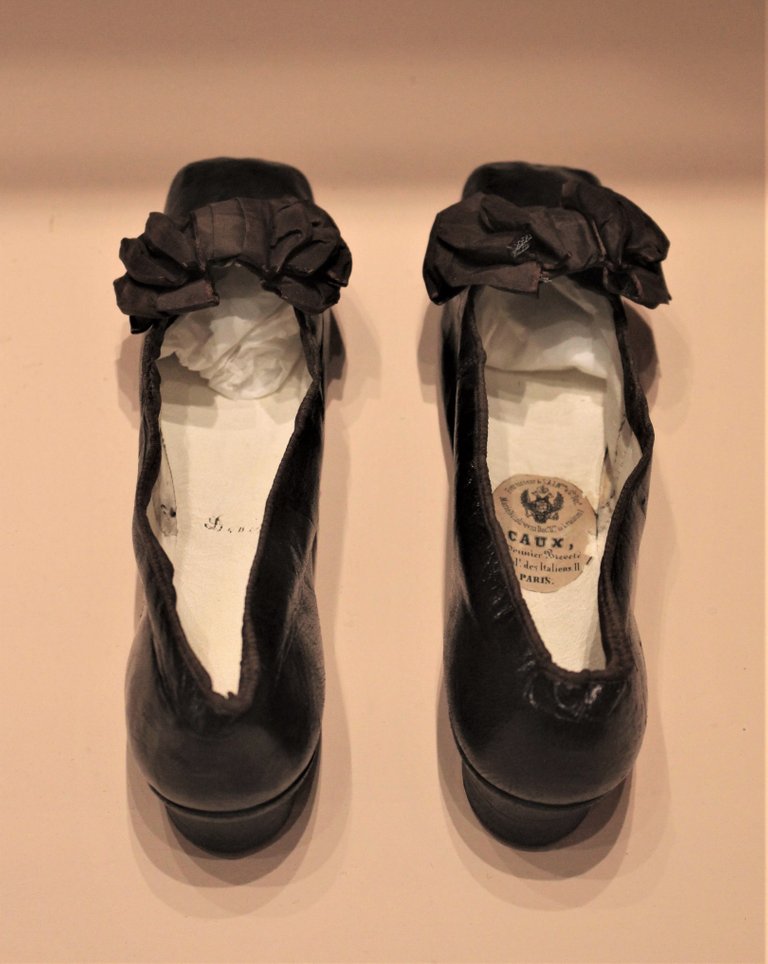 |
 |
In the nineteenth century, the quantity of products offered by haberdashery was practically inexhaustible because it was linked to everything that could be sewn, embroidered, modernized and knitted. Although the use of ready-made clothing began to appear, the rule still provided that the clothes were made by trusted tailors and seamstresses and strictly tailored, adapting to fashion and size.
Knowledge of “womanly works”, such as sewing, embroidery and mending, was part of the training of every woman. They all had to at least know how to embroider!
With the outbreak of the First World War, the ability in these jobs was not only used to ensure decent clothing for oneself and one's relatives, but was also placed for the benefit of the soldiers at the front: woolen clothing, balaclavas, ...
An entire floor of the museum is dedicated to jewels.
 |
 |
 |
 |
The museum tour ends with a series of clothing from the past times which I was really fascinated by.
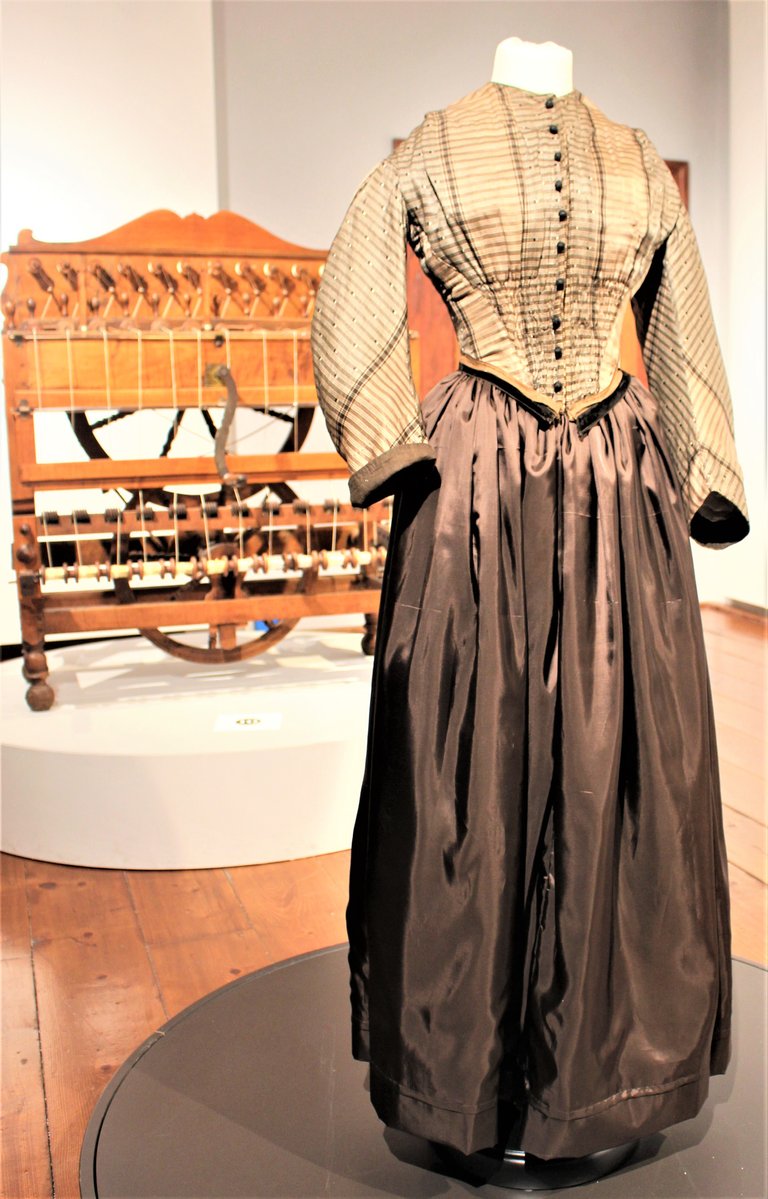 |
 |
 |
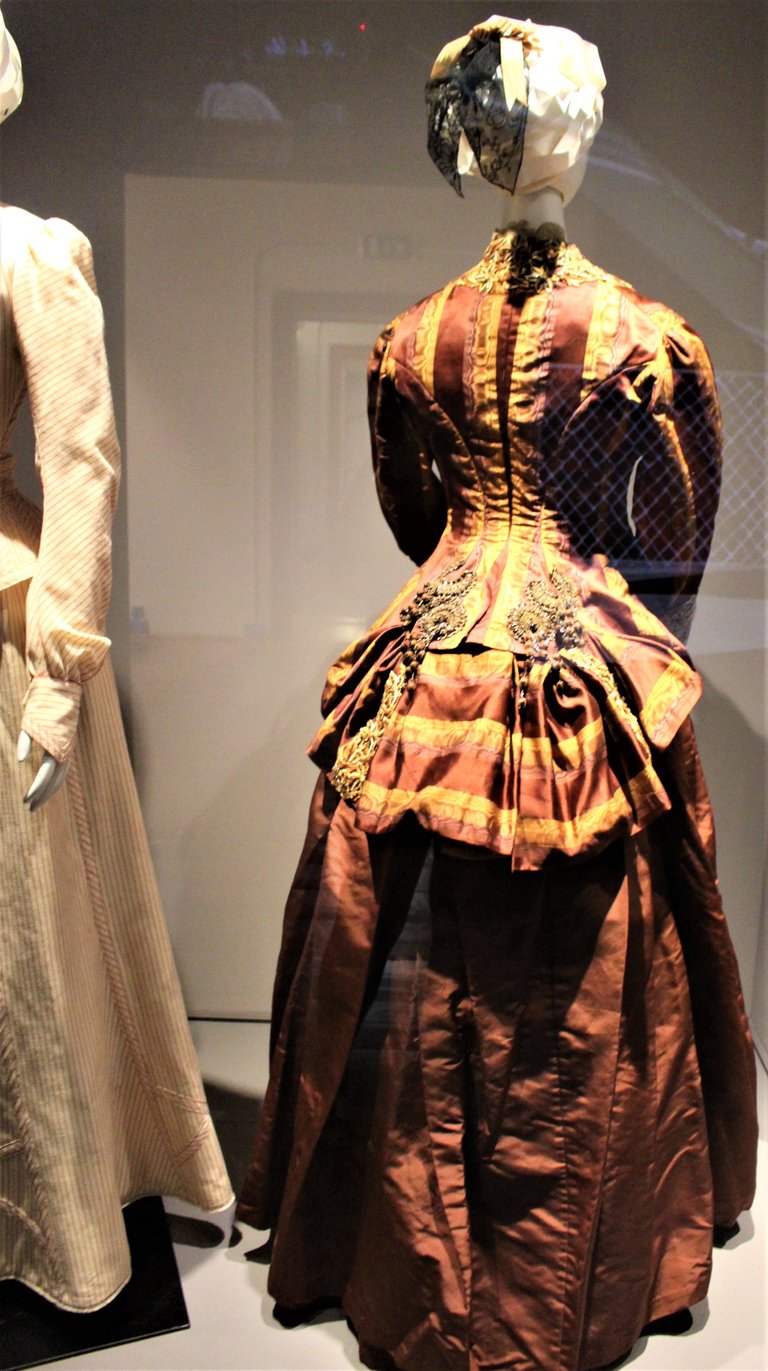 |
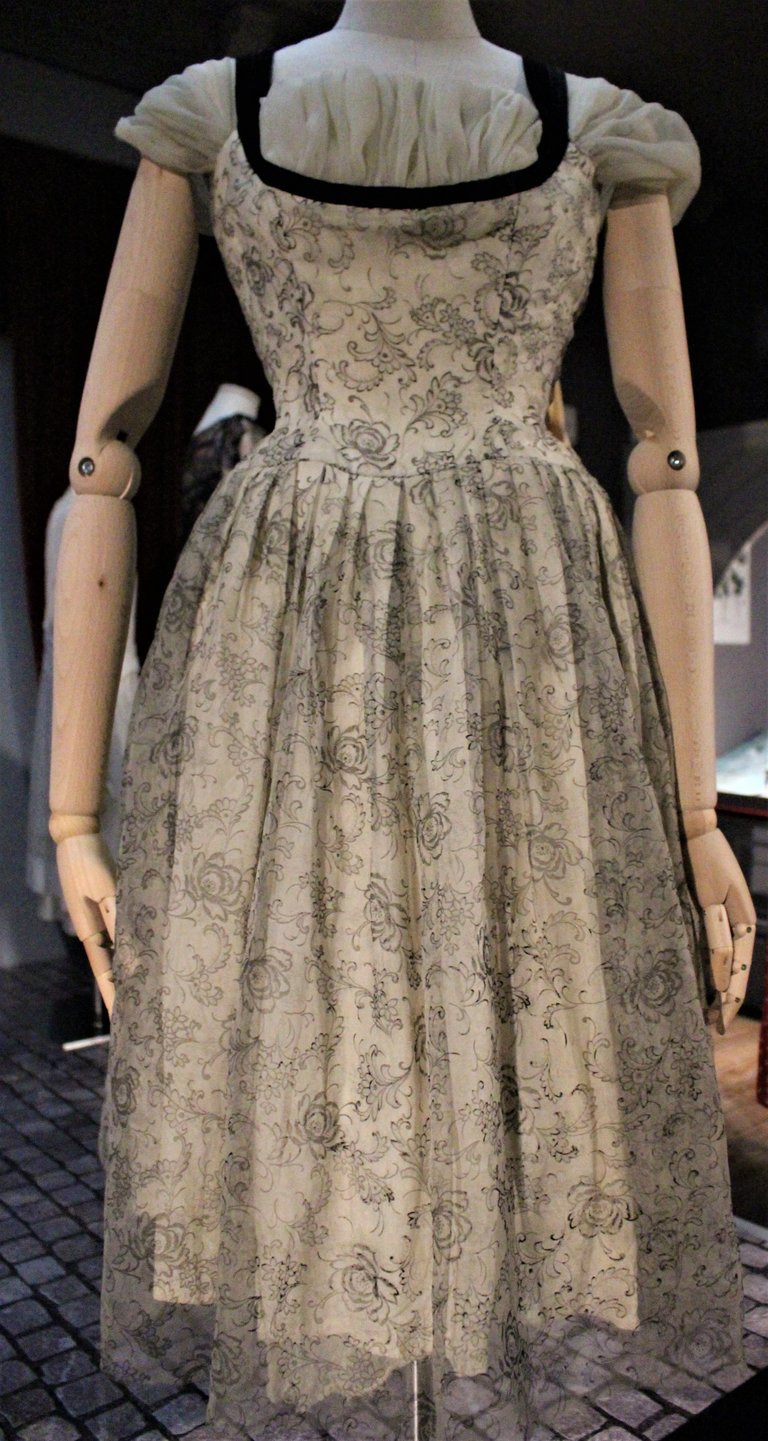 |
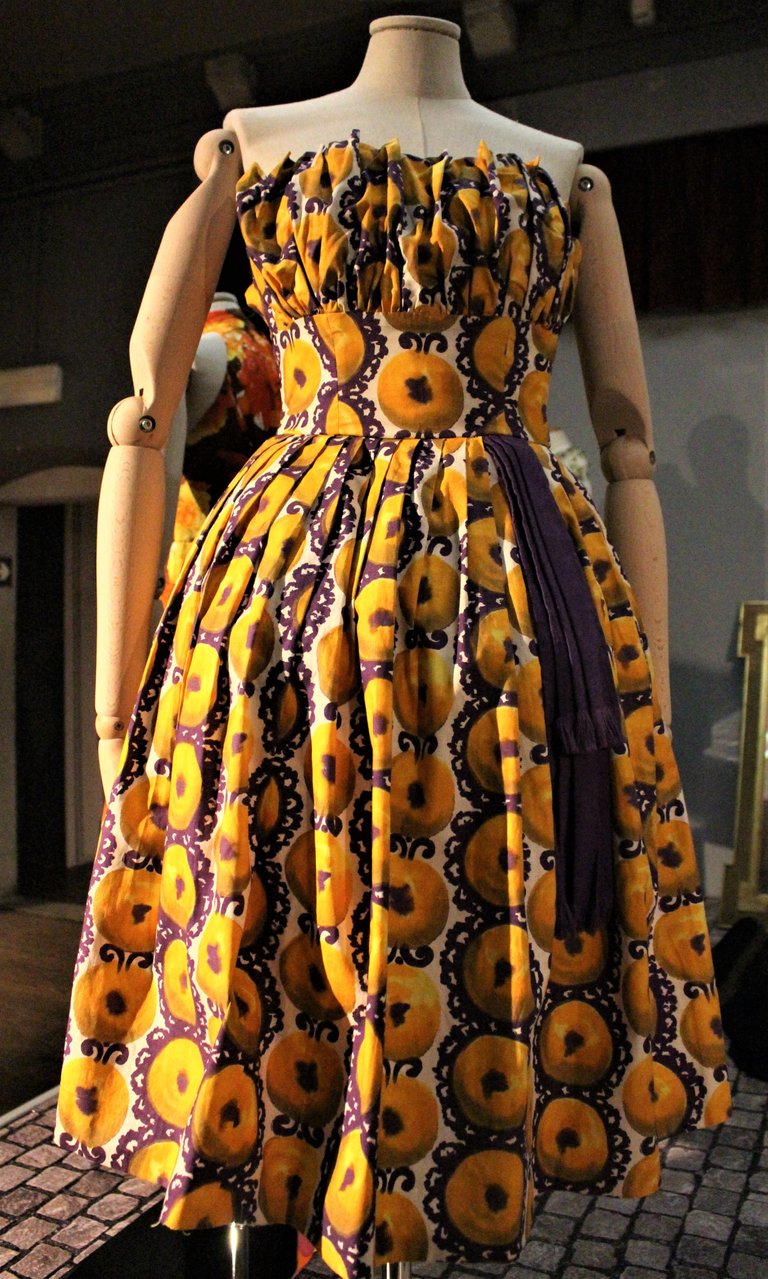 |
I hope you enjoyed this post! Let me know what you think and thanks for reading this far.
See you next time,
Delilha
Ciao a tutti e un saluto speciale ai membri della community di Ladies of Hive!
Oggi vi porto alla scoperta del museo della moda e delle arti applicate di Gorizia nella bellissima regione del Friuli Venezia-Giulia. Buona lettura!
La visita richiede almeno un’ora, ma posso assicurarvi che vale la pena perché è un’esperienza davvero bella. Il percorso è molto interessante e comprende tutte le attività artigianali collegate all’abbigliamento: telai, seta, gioielli, sartoria, calzature, cappelli, guanti, borsette… Se vi piace il settore della moda, non potete perdervi questo museo!
Nell’edificio è anche presente una vasta collezione di abiti appartenenti all’epoca tra il 1700 e il 1900. Una delle cose più interessanti, a mio avviso, è vedere come nel corso del tempo siano cambiate le tendenze. Mi fa sorridere pensare che, al giorno d’oggi, gli abiti che ho potuto vedere in questo museo sarebbero alquanto bizzarri e scomodi: nessuno si sognerebbe di indossarli! Però devo dire che posseggono un fascino tutto particolare.
Il percorso comincia con la spiegazione dei principali strumenti per la tessitura e si tratta di reali oggetti d’epoca.
L’orditoio a pioli a muro è uno strumento che consente di stendere con ordine l’intero fascio di fili di ordito secondo colori, tipologia e sequenza desiderati. L’orditura è un’operazione molto complicata con il quale si prepara l’ordito, con lo scopo di ottenere dei fili della medesima lunghezza e disposti secondo un certo ordine.
Si tratta di un’invenzione antica e di provenienza incerta. Documentato già nell’antico Egitto, si trova diffuso in Europa, Nord Africa e Medio Oriente, con numerose varianti. I pioli si possono trovare fissati su una parete, per terra, sul fianco di un telaio, oppure su una struttura apposita.
L’invenzione del telaio risale a non meno di 4000 anni fa e il principio di base è rimasto sempre lo stesso. Il tessuto è un manufatto prodotto da una o più trame, che agiscono in senso orizzontale, e da uno o più orditi, che agiscono in senso verticale, montati su telaio e scorrenti davanti al tessitore.
Possiamo trovare diversi tipi di telaio per ottenere tessuti uniti, ovvero una superficie uniforme, oppure tessuti operati, ovvero con disegni più o meno complessi. Per i primi si utilizzava il telaio a licci, utilizzato anche in ambito domestico per tessuti di uso quotidiano, biancheria e abbigliamento. Per i secondi, invece, era diffuso il telaio al tiro, che si avvaleva di un complesso sistema di corde e cordicelle disposte nella parte superiore e laterale del telaio.
Il museo prosegue con la spiegazione di quali siano i principali motivi decorativi che venivano utilizzati per realizzare i tessuti.
- Le righe sono tra i motivi più semplici e antichi, ma di grande effetto, che si possono ottenere a telaio giocando con trame e orditi di colore diverso.
Nell’Occidente medievale, molti sono gli individui reali o immaginari a cui la società, la letteratura o l’iconografia attribuiscono vestiti a righe: l’ebreo, il buffone, l’eretico, il saltimbanco, il lebbroso, la prostituta, … Le epoche successive, però, hanno riconsiderato le righe. Infatti, a partire dal Settecento, la rigatura rappresenta un elemento di moda di cui fare sfoggio: moda maschile, abiti alla marinara, costumi da bagno, tenute sportive, …
- Il motivo del quadro risale agli albori della civiltà e assume diverse declinazioni. Ad esempio, la scacchiera rappresenta la dualità degli opposti: luce e tenebra, giorno e notte, bene e male, maschile e femminile, … L’intreccio ortogonale di righe e colori, invece, è quello che viene comunemente chiamato scozzese o tartan.
- Il fiore è un altro motivo decorativo tra i più classici e, infatti, è presente in tutte le arti decorative alternando stilizzazione e naturalismo. La rosa è uno dei fiori più rappresentati, ma nel XVII secolo il fiore più alla moda è il tulipano, oggetto di una vera e propria “tulipanomania”.
Una cosa interessante da osservare è che il tema floreale non è in alcun modo appannaggio femminile. Al contrario, gli abiti da uomo diventano erbari ricamati raffinatissimi, precisi come tavole botaniche da indossare.
Nell’Ottocento romantico trionfa poi nuovamente la rosa e nasce il simbolismo legati ai nomi (“Non-ti-scordar-di-me”, “viola del pensiero”, …). Ad ogni fiore si abbina una caratteristica psicologica o un sentimento. L’abbigliamento femminile trabocca di fiori, mentre in quello maschile, adesso reso austero dalla Rivoluzione francese e dalla moda inglese, trovano solo una ristretta applicazione su cravatte e panciotti.
Parlando delle calzature, a inizio dell’Ottocento le calzature più in voga erano minuscole scarpine dalla punta quadra, spesso assicurate alla caviglia mediante nastri incrociati. In alternativa si portavano stivaletti affusolati. Il piede femminile, che il gusto dell’epoca voleva piccolissimo, era considerato un grande elemento di fascino. Tuttavia, piedi affusolati e caviglie sottili erano apprezzati anche nell’uomo e la linea delle calzature maschili non di discostava molto da quelle femminili.
A partire da metà dell’Ottocento, gli abiti lunghi nascosero le calzature femminili, le quali si caricarono di significati e tabù, divenendo uno tra i più potenti strumenti di seduzione. La forma a stivaletto non abbandonò il piede femminile fino a quando le gonne non subirono un deciso accorciamento, quindi non prima della fine della prima guerra mondiale.
Scarpe perfette e lucidate si richiedevano anche all’uomo e rappresentavano uno degli elementi cardine del decoro borghese.
 |
 |
Nell’Ottocento la quantità di prodotti offerti dalle mercerie era praticamente inesauribile perché legata a tutto ciò che si poteva cucire, ricamare, rimodernare e lavorare ai ferri. Per quanto cominciasse a comparire l’uso dell’abito confezionato, la norma prevedeva ancora che i vestiti fossero realizzati da sarti e sarte di fiducia e rigorosamente su misura, adattandosi in base alla moda e alla taglia.
Faceva parte della formazione di ogni donna la conoscenza dei “lavori donneschi”, quali cucito, ricamo e rammendo. Tutte dovevano almeno saper ricamare!
Con lo scoppio della prima guerra mondiale l’abilità in questi lavori non venne utilizzata solo per garantire un abbigliamento decoroso a sé e ai proprio congiunti, ma venne anche posta a beneficio dei soldati al fronte: indumenti di lana, passamontagna, …
Un intero piano del museo è dedicato ai gioielli.
 |
 |
 |
 |
Il percorso del museo si conclude con una rassegna di abiti d’epoca dai quali sono rimasta davvero molto affascinata.
 |
 |
 |
 |
 |
 |
Spero vi sia piaciuto questo post! Fatemi sapere cosa ne pensate e grazie per aver letto fino a qui.
Alla prossima,
Delilha

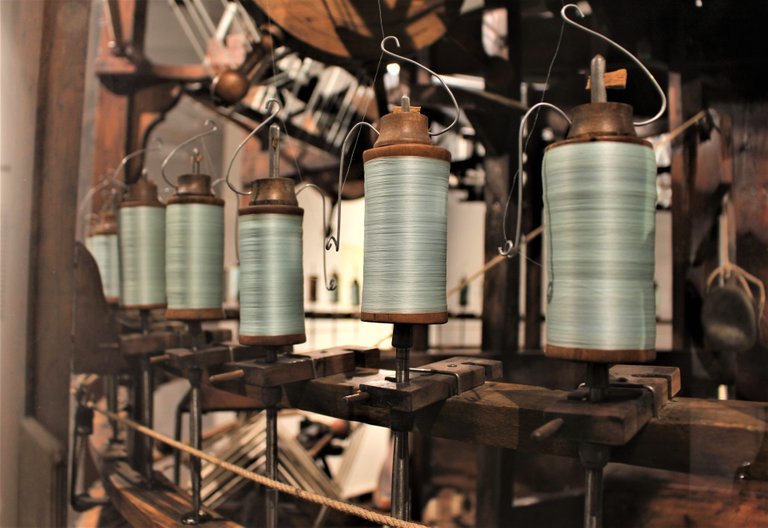
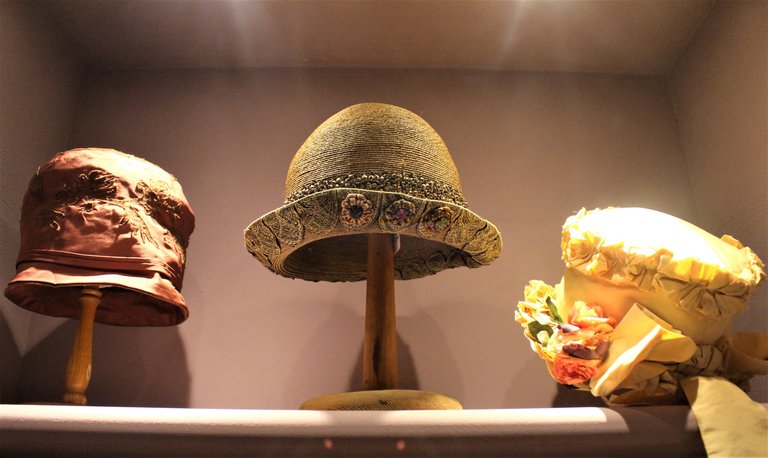
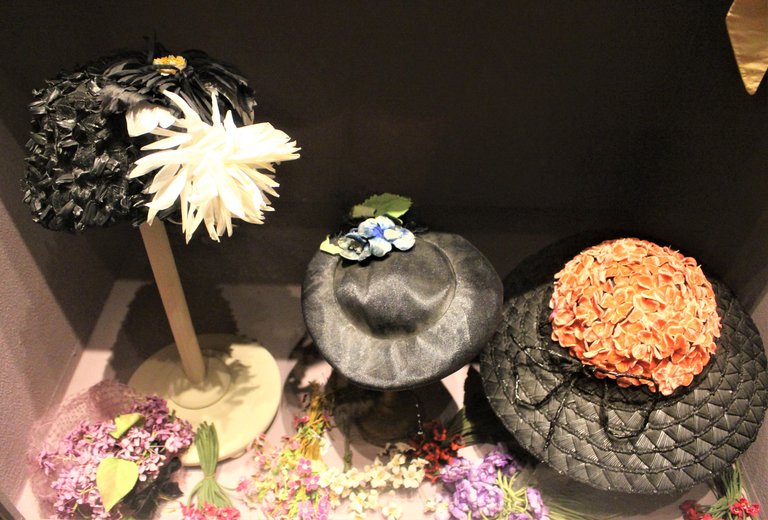
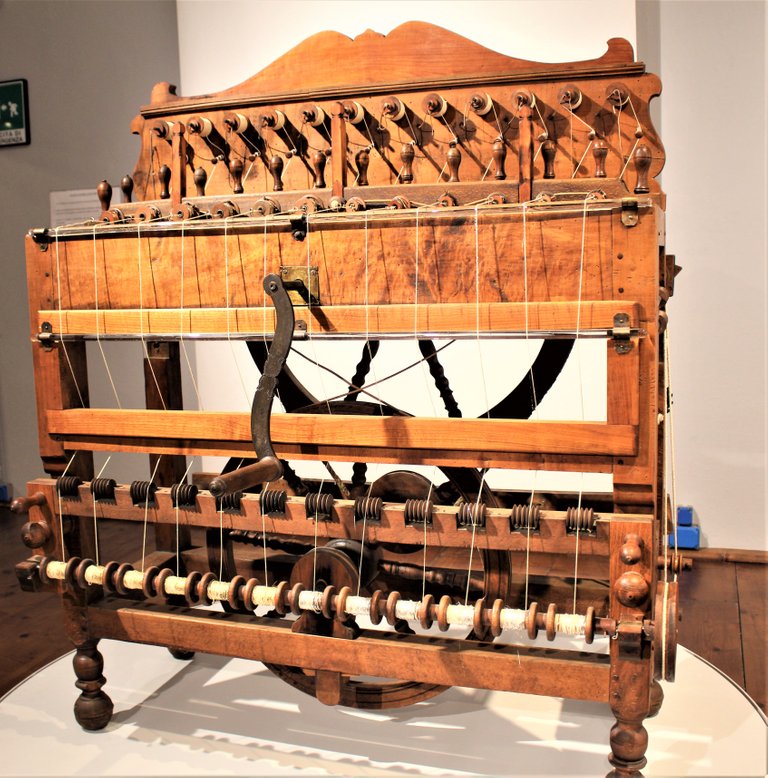
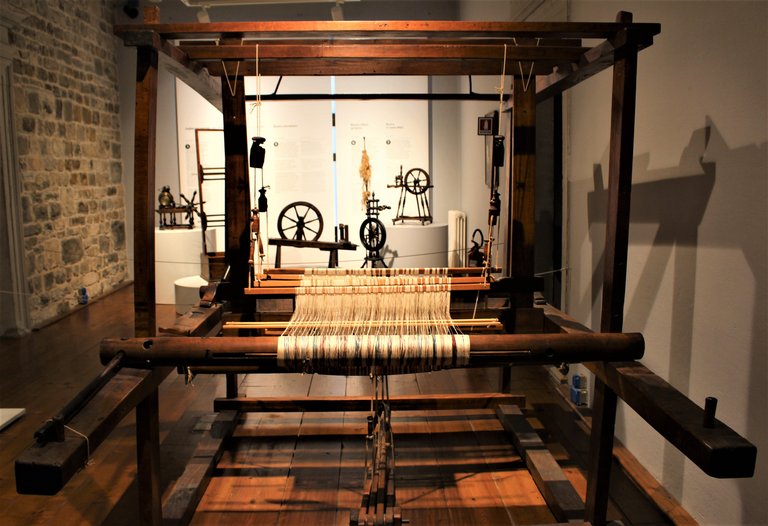
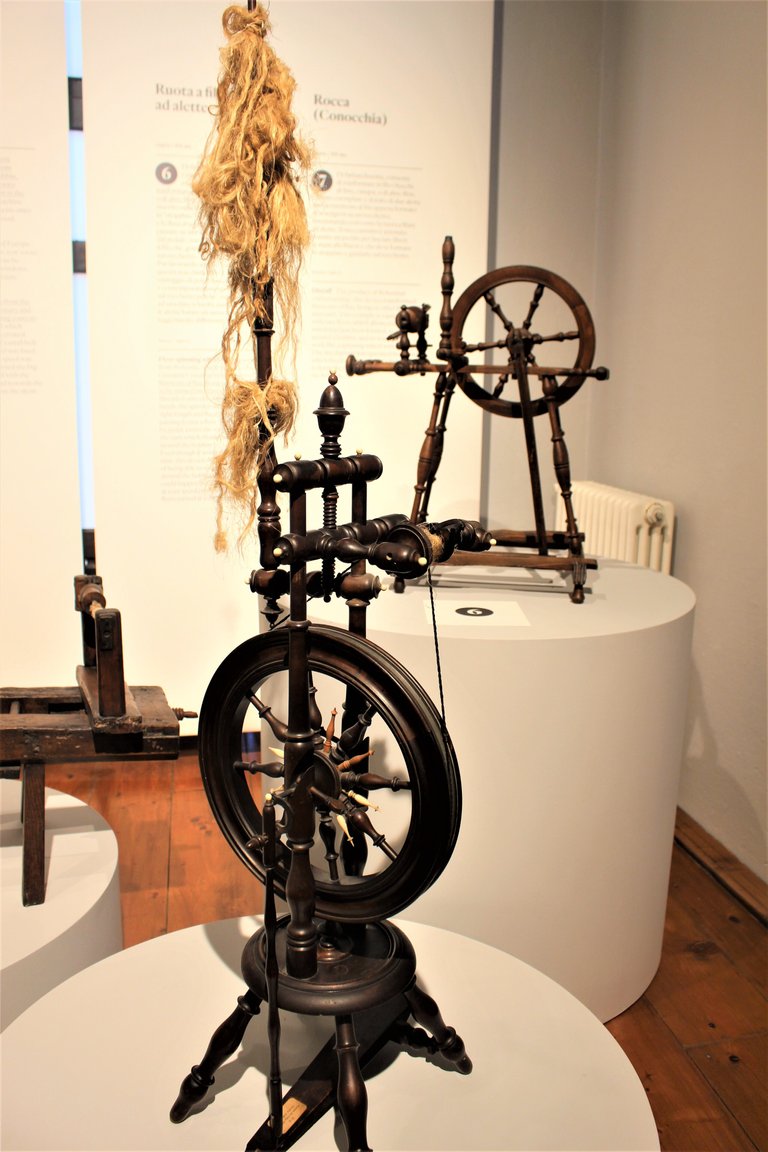
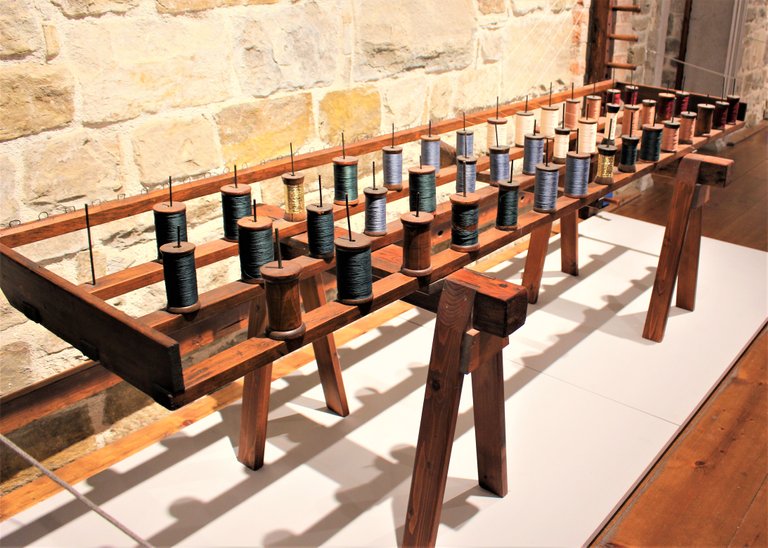


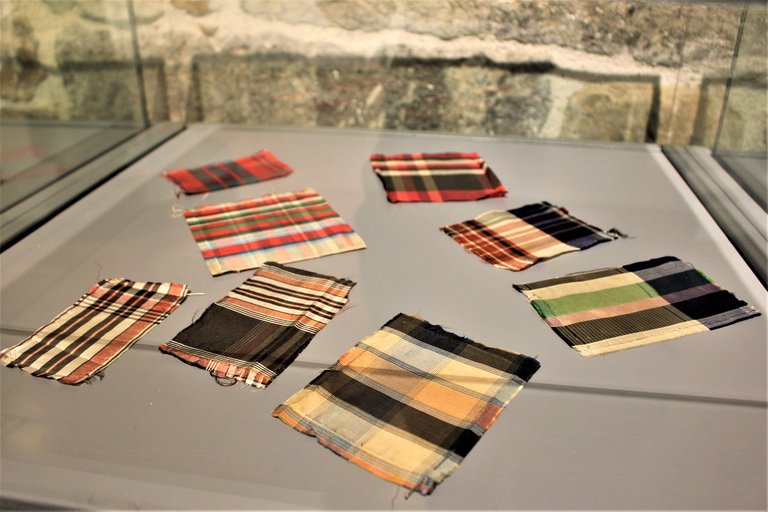
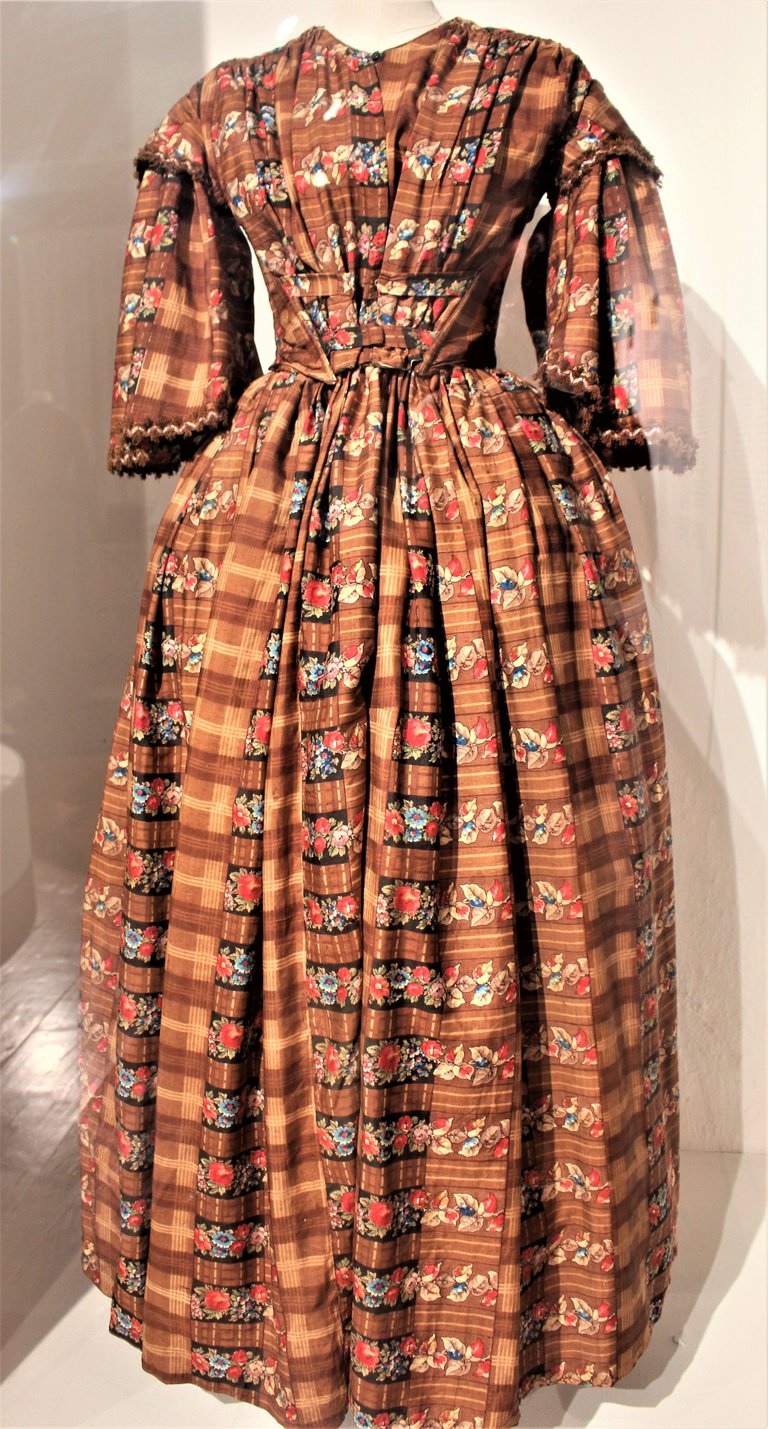

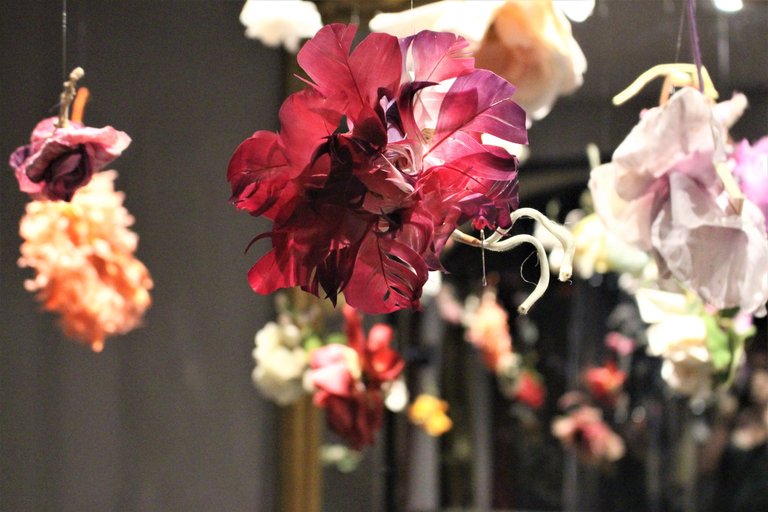
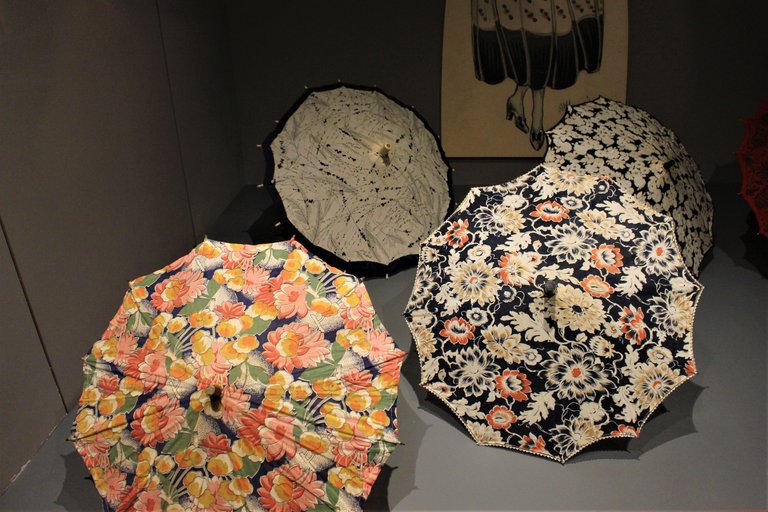
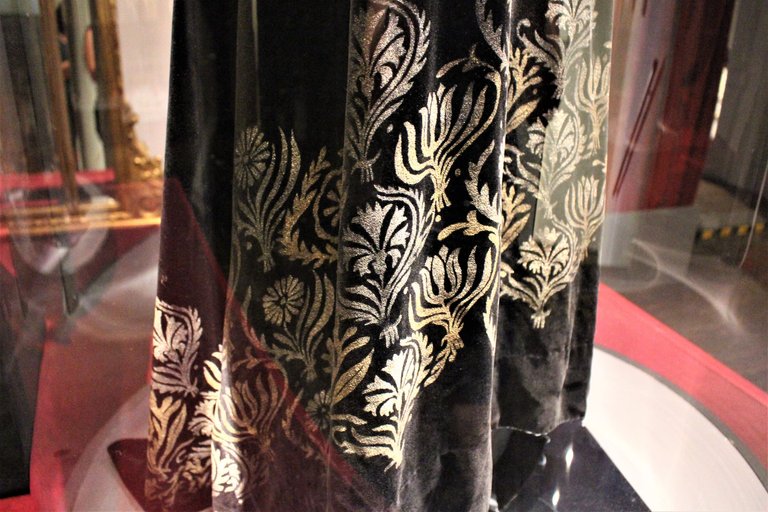

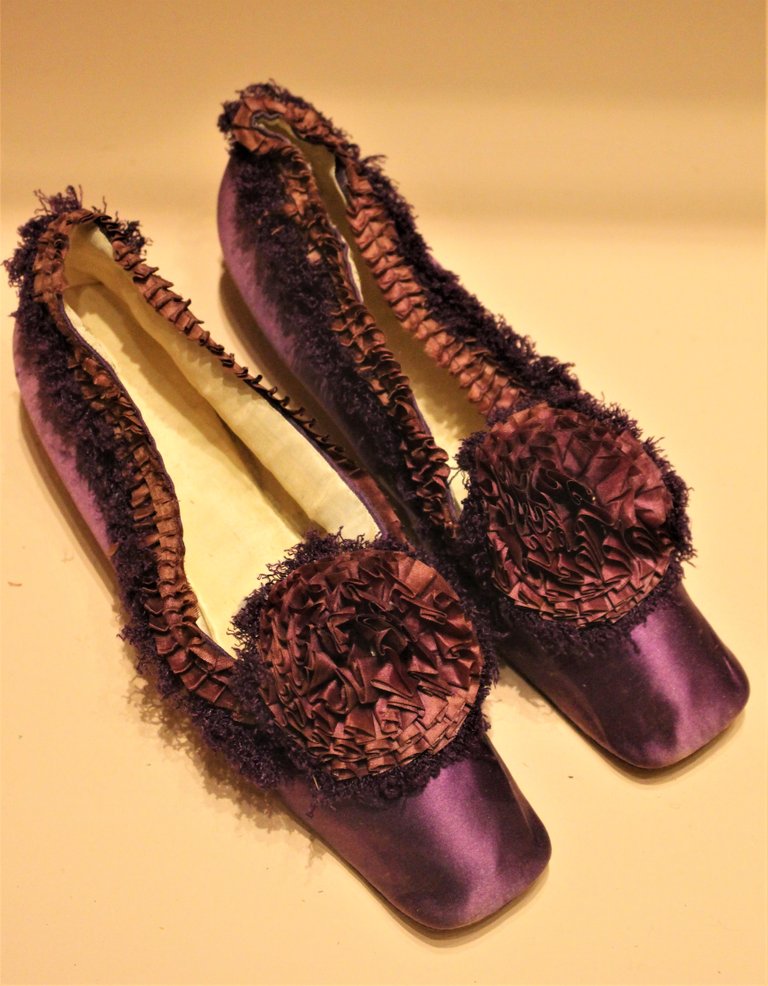

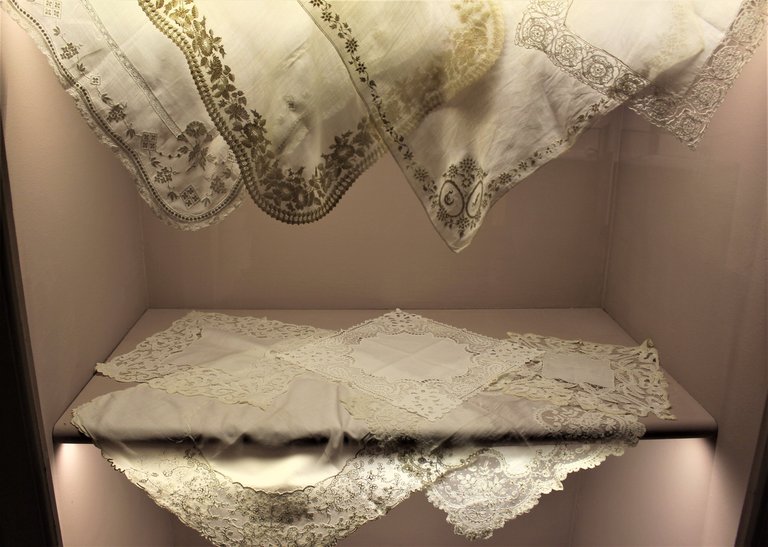
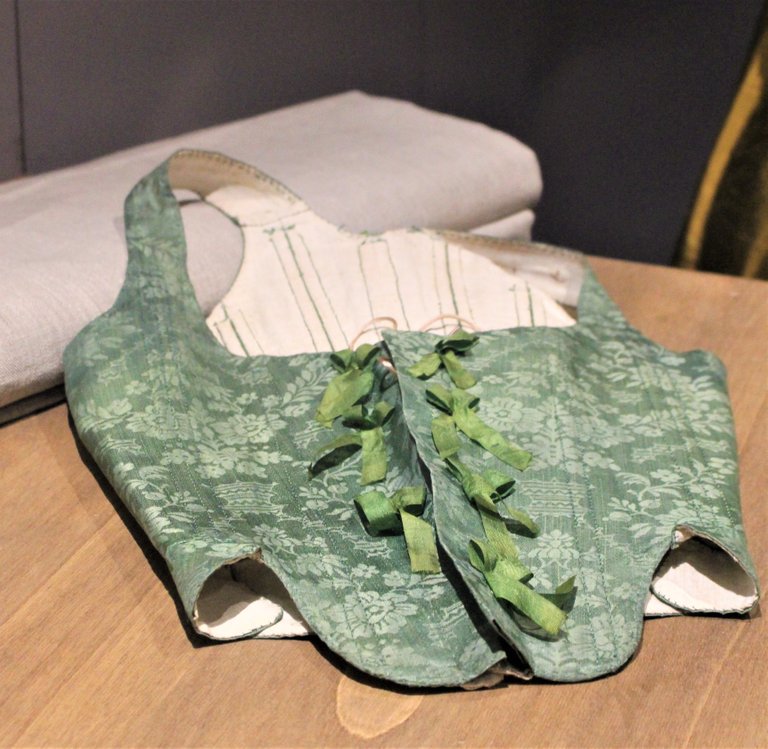
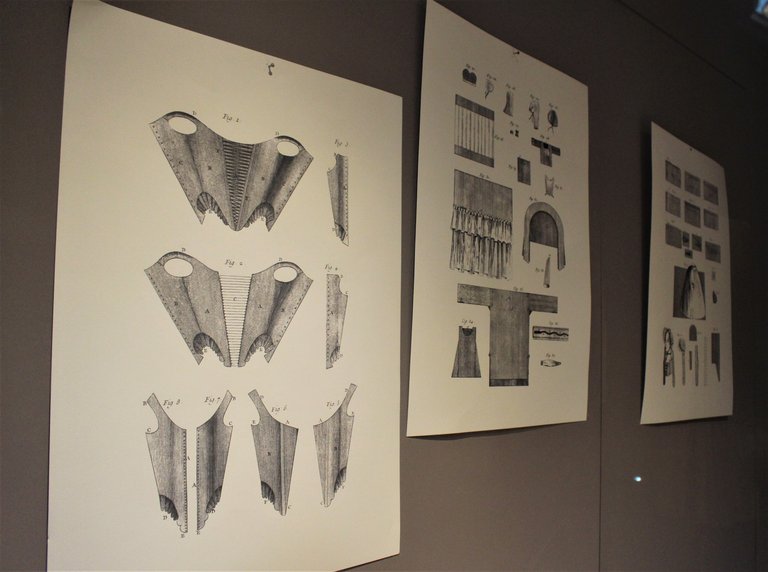


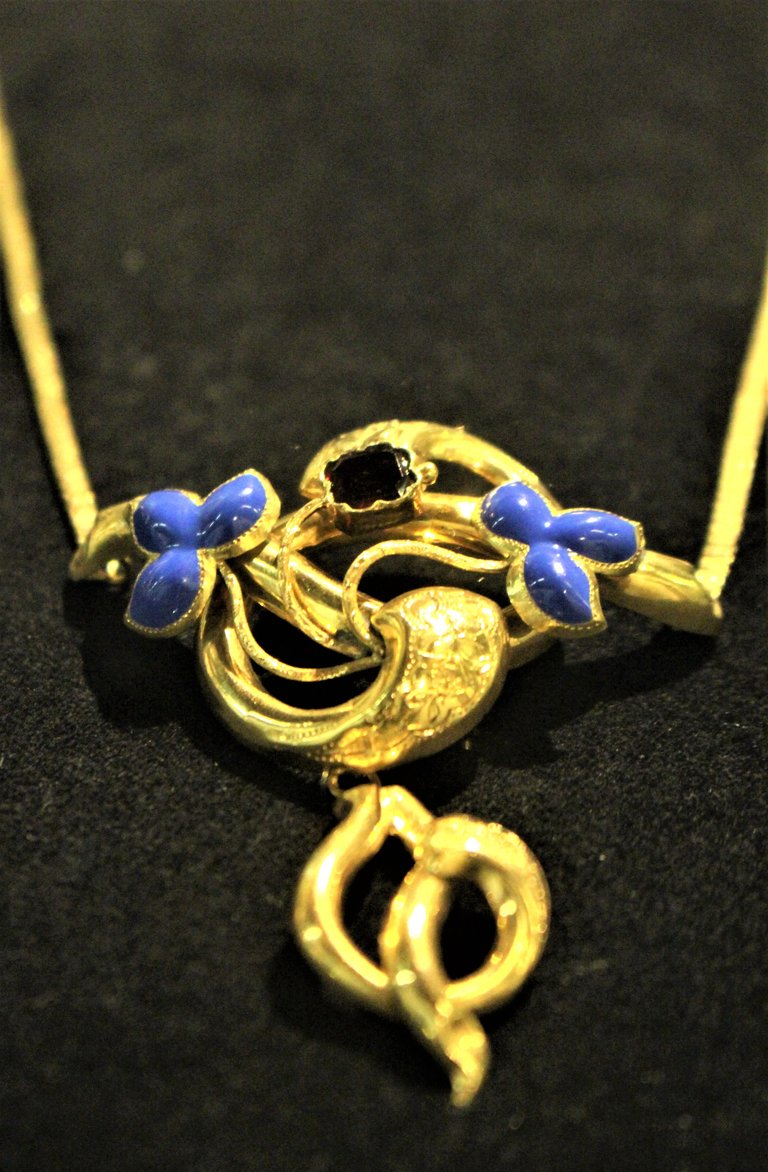
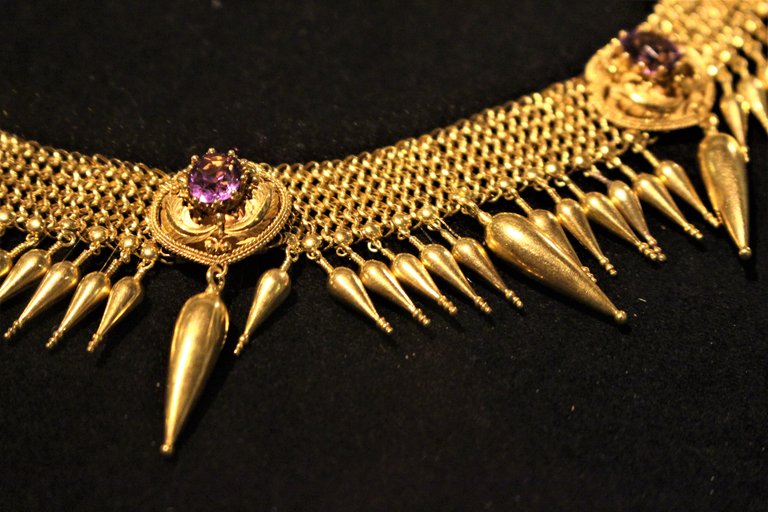

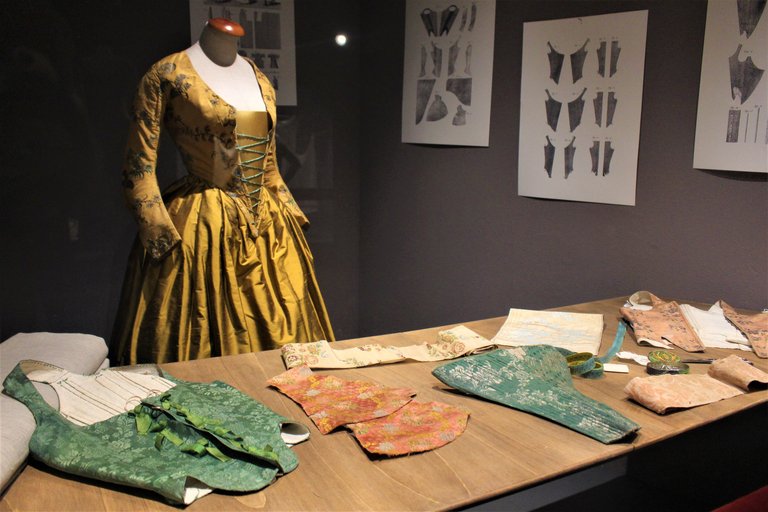

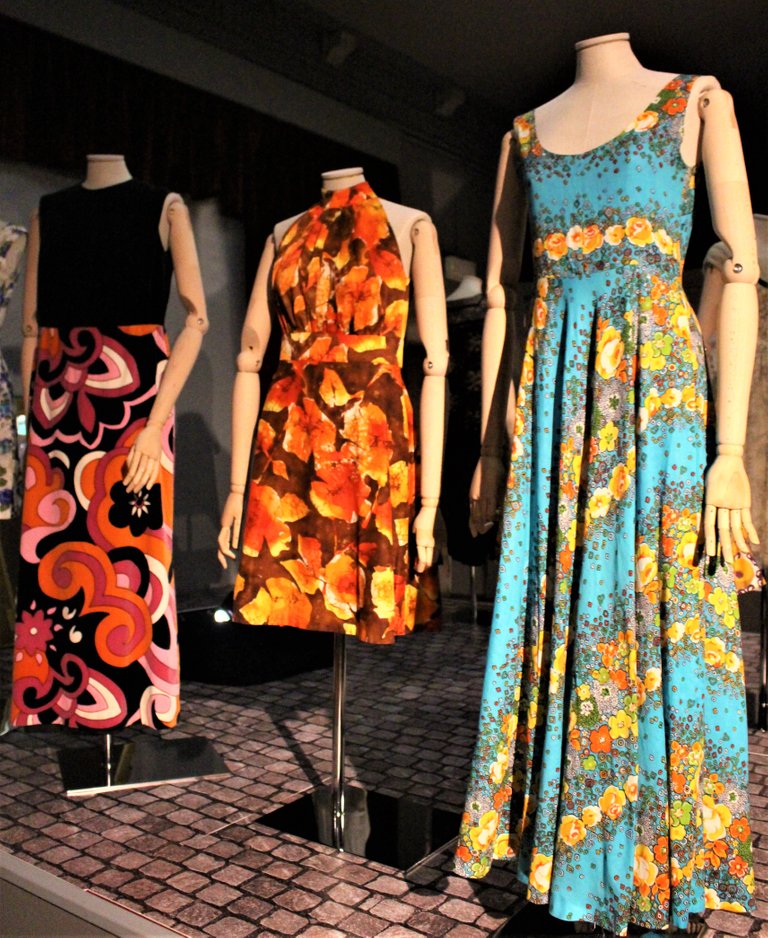
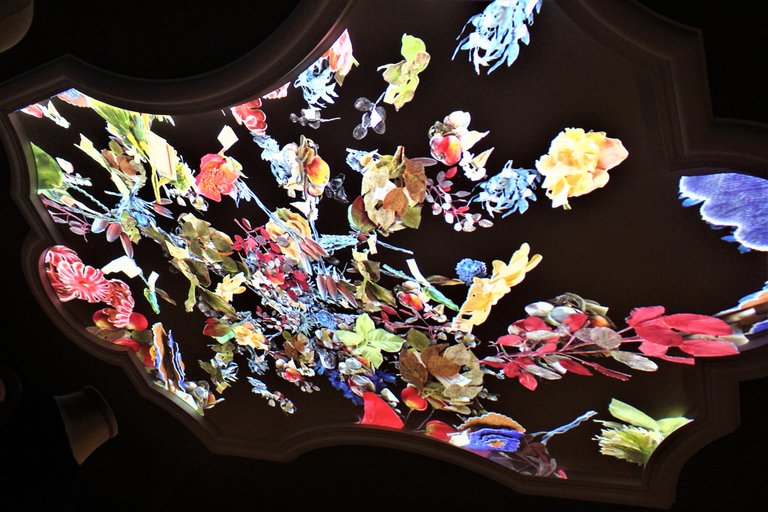
This is wonderful!
Thanks for showing us the museum. So much information.
I will have to come back to it a read it all over again!
Thank you very much 😍 I'm glad you liked it! Have a beautiful day 😊
Che meraviglia! I tuoi post sono bellissimi
Grazie mille Stefano :) :)
Ma che belle cose!!
!discovery 40
Grazie mille! :) :)
Hiya, @LivingUKTaiwan here, just swinging by to let you know that this post made it into our Honorable Mentions in Daily Travel Digest #1128.
Your post has been manually curated by the @pinmapple team. If you like what we're doing, please drop by to check out all the rest of today's great posts and consider supporting other authors like yourself and us so we can keep the project going!
Become part of our travel community:
Thank you :) :) it's a pleasure to be in your Honorable Mentions
Congratulations, your post has been added to Pinmapple! 🎉🥳🍍
Did you know you have your own profile map?
And every post has their own map too!
Want to have your post on the map too?
Thanks for your work :)
This post was shared and voted inside the discord by the curators team of discovery-it
Join our community! hive-193212
Discovery-it is also a Witness, vote for us here
Delegate to us for passive income. Check our 80% fee-back Program
Amazing and beaitiful 😍😍
Congratulations @delilhavores! You have completed the following achievement on the Hive blockchain and have been rewarded with new badge(s) :
Your next target is to reach 18000 upvotes.
You can view your badges on your board and compare yourself to others in the Ranking
If you no longer want to receive notifications, reply to this comment with the word
STOPCheck out the last post from @hivebuzz: